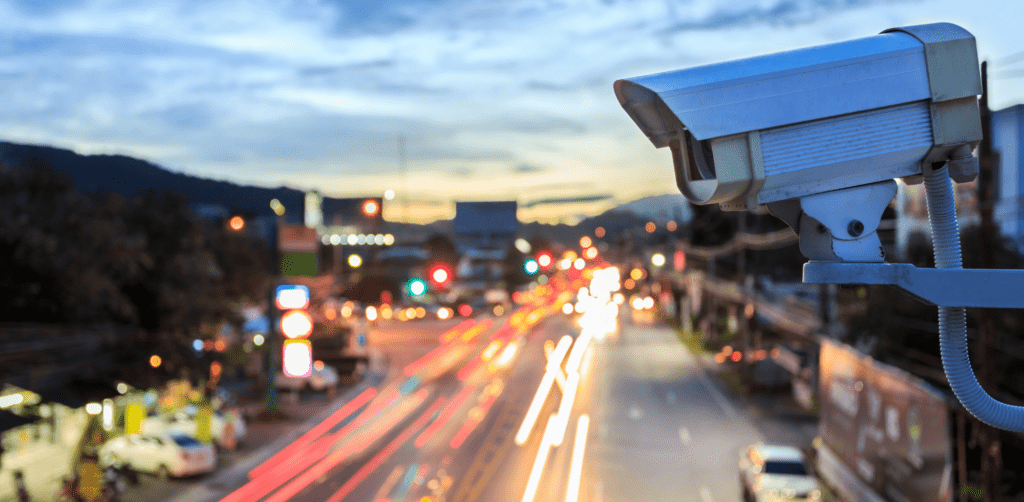
In the realm of driving, numerous myths and misconceptions swirl around the topic of speeding fines. From supposed loopholes that allow drivers to avoid penalties to misunderstandings about the law, these myths persist in the drivers’ collective consciousness, often leading to confusion and misguided actions on the road.
Our aim here is to address and debunk the five most common myths related to speeding fines, providing clarity and factual information to ensure that you’re both well-informed and compliant with the law.
Myth 1: Avoiding Points with a Speed Awareness Course
One prevalent myth suggests that if caught speeding, one can simply opt for a speed awareness course to avoid getting points on their licence. This belief is not only misleading but could lead to a false sense of security among drivers.

The Reality
The truth is, eligibility for a speed awareness course is not a matter of choice but rather an option potentially offered by the authorities under specific circumstances. To qualify for this course, a driver must meet certain criteria:
- The driver hasn’t been convicted of any other speeding offences within the past three years.
- The speeding offence falls within the range of driving over 10% plus 2mph but below 10% plus 9mph over the limit, though this can vary depending on the discretion of the local Police force.
This opportunity is generally extended to individuals who have committed a minor offence and possess a relatively clean driving record.
It serves as an educational intervention aimed at improving driving habits rather than simply penalising the driver. However, it’s crucial to understand that this is not an ‘out’ that can be requested or expected in all cases.
The best strategy to avoid the hassle of a course or accruing points on your licence is, quite simply, not to speed.
Myth 2: The 10% Over the Limit Rule
Many drivers hold the belief that as long as they are driving within 10% plus 2mph of the speed limit, they are safe from being caught speeding.
This notion suggests a buffer of legality where speed limits are concerned, offering a false sense of security to those who choose to edge just above the legal limit.

The Truth Behind the Guideline
While it’s true that some police forces use the 10% plus 2mph formula as a guideline for enforcement discretion, it is crucial to understand that this is not a hard and fast rule.
Legally, driving at any speed above the limit is considered speeding and is subject to enforcement actions.
The guideline exists to help police officers determine when to take action on speeding violations, taking into account the accuracy of speedometers and the practicalities of law enforcement.
However, drivers should not interpret this as a green light to speed. For instance, if the speed limit is 50 mph, driving at 51 mph technically puts you in violation of the law.
While it’s less likely that you’ll be stopped for such a minor infraction, the risk remains, and the only sure-fire way to avoid a speeding fine is to adhere strictly to speed limits.
Myth 3: Unmarked Speed Camera Vans
A commonly circulated myth is that speed camera vans must be visible to motorists to enforce speeding fines legitimately.
Some believe that if a speed camera van is not in plain sight or is camouflaged, any fines issued as a result can be contested and nullified.

Changes in Legislation
The reality is that laws around the visibility of speed enforcement tools have evolved. It is no longer a requirement for speed camera vans to be highly visible or for officers operating them to wear high-visibility clothing.
Modern enforcement techniques include the use of unmarked vehicles, and yes, even unconventional ones like tractors or horseboxes, to catch unsuspecting speeders.
This change underscores the importance of always adhering to speed limits, regardless of whether you can see a speed camera or not.
The focus of these laws is on safety, not on giving drivers a ‘fair chance‘ to slow down only when enforcement is visible. It’s a stark reminder that the best way to avoid fines and contribute to road safety is simply to follow the law.
Myth 4: Requirement for Visible Speed Cameras and Warning Signs
Another widespread misconception is that for a speed camera to enforce speed limits legally, it must be painted yellow or accompanied by visible warning signs.
This belief often leads drivers to challenge fines on the grounds of inadequate signage or camera visibility.

The Actual Regulation
While there was a move towards making speed cameras more visible to act as a deterrent rather than a trap, the law does not invalidate fines issued by cameras that are not brightly coloured or immediately obvious.
The same goes for warning signs; while they are common and serve as helpful reminders to drivers, the absence of a sign does not make a speeding fine any less enforceable.
Drivers should be aware that the responsibility to know and adhere to speed limits lies with them, regardless of the presence or visibility of speed enforcement measures.
It’s a clear case of better safe than sorry: always assume that speed limits are being enforced and drive accordingly.
Myth 5: Speed Cameras are Just There to Make Money
Finally, there’s the cynically motivated myth that speed cameras exist primarily as a revenue-generating tool for the government or local authorities. This scepticism towards speed enforcement measures overlooks their primary purpose and efficacy.

The Primary Objective of Speed Cameras
Speed cameras, along with other traffic enforcement measures, are implemented with the goal of reducing speeding incidents and, by extension, accidents on the roads.
The faster a vehicle is moving, the less time the driver has to react to unexpected situations, and the more severe the consequences of any potential collision.
The use of speed cameras is primarily about deterrence and safety. By encouraging drivers to stick to speed limits, these cameras contribute to safer roads for everyone—drivers, passengers, cyclists, and pedestrians alike.
The revenue generated from fines is secondary to the invaluable lives saved and injuries prevented through these enforcement efforts.
Conclusion
Understanding and dispelling these speeding myths is crucial for all drivers. By sticking to the facts and adhering to speed limits, we not only avoid fines but more importantly, contribute to a safer driving environment for everyone on the road.
Let’s commit to responsible driving, respecting speed limits not because we fear penalties, but because we understand the value of safety above all.
For more insights into driving laws and safe driving practices, keep informed and engaged with traffic safety resources and education. Remember, knowledge is the best defence against both accidents and fines. Stay safe


